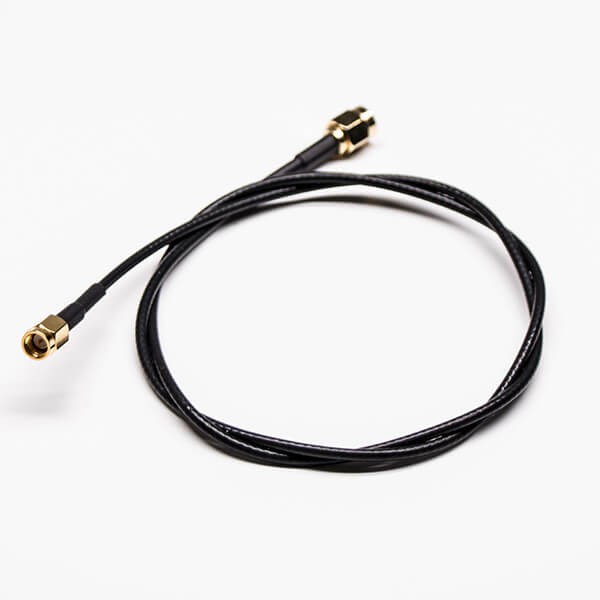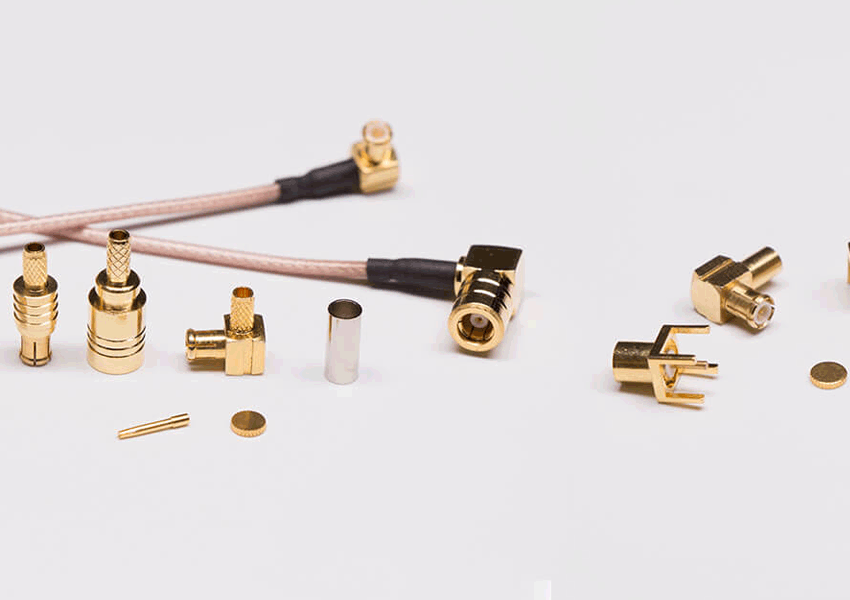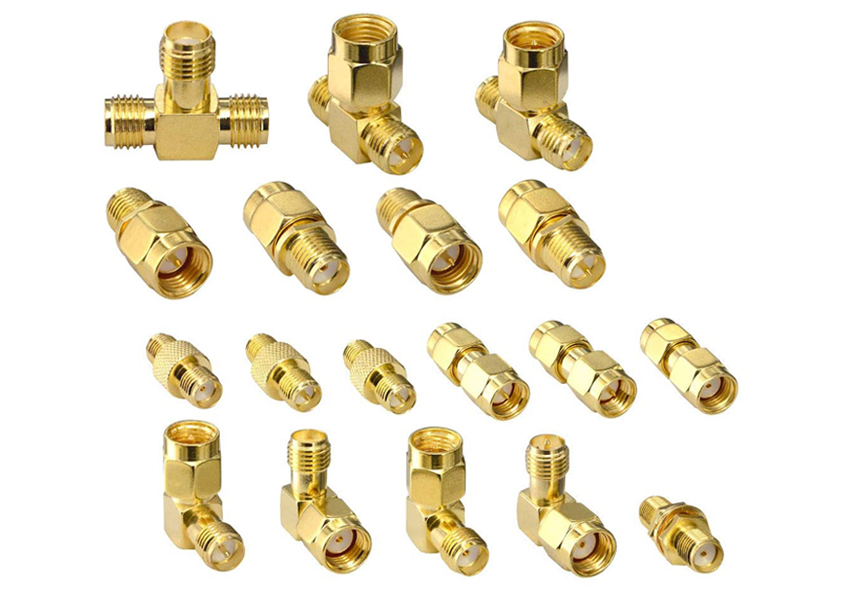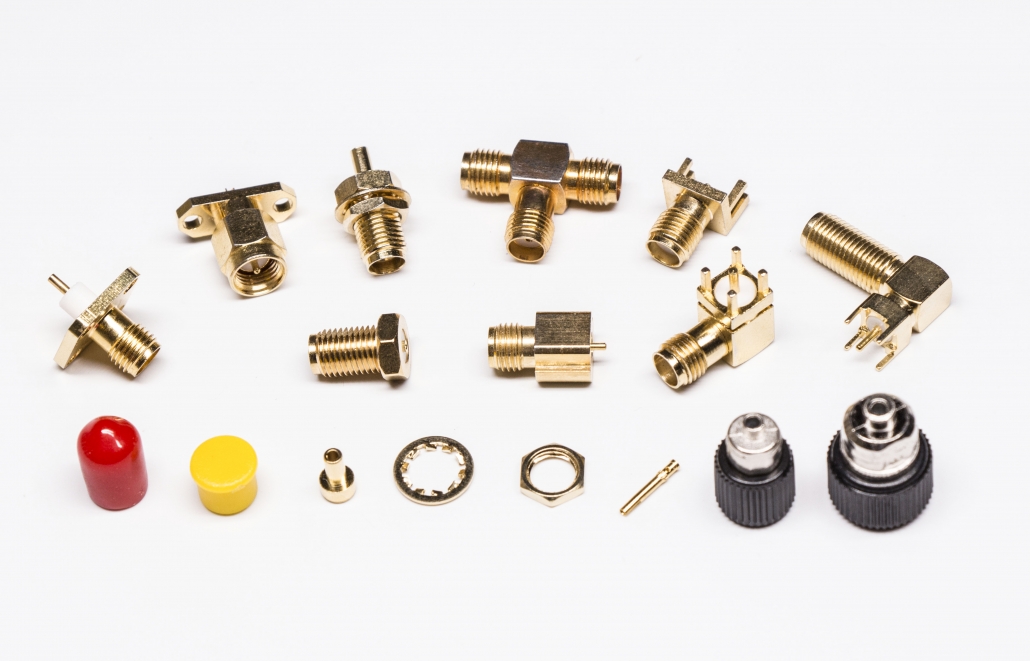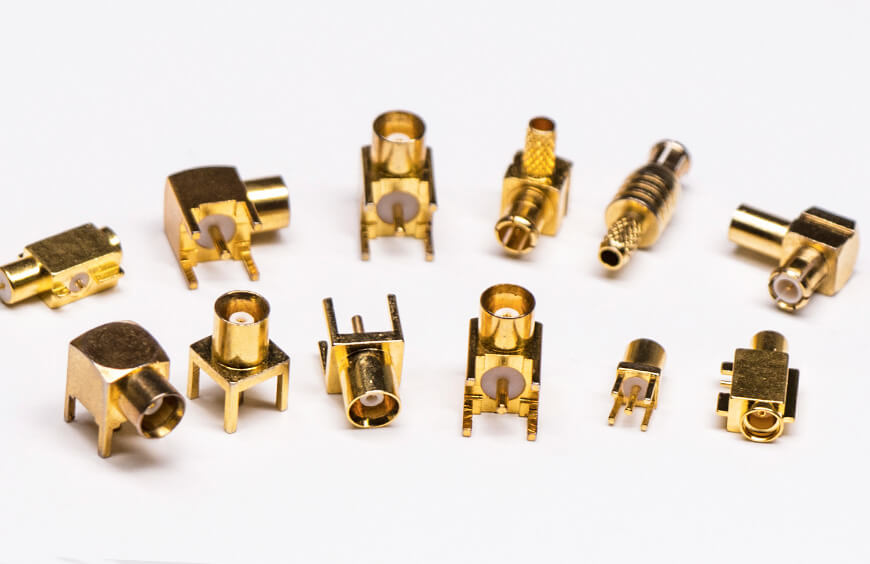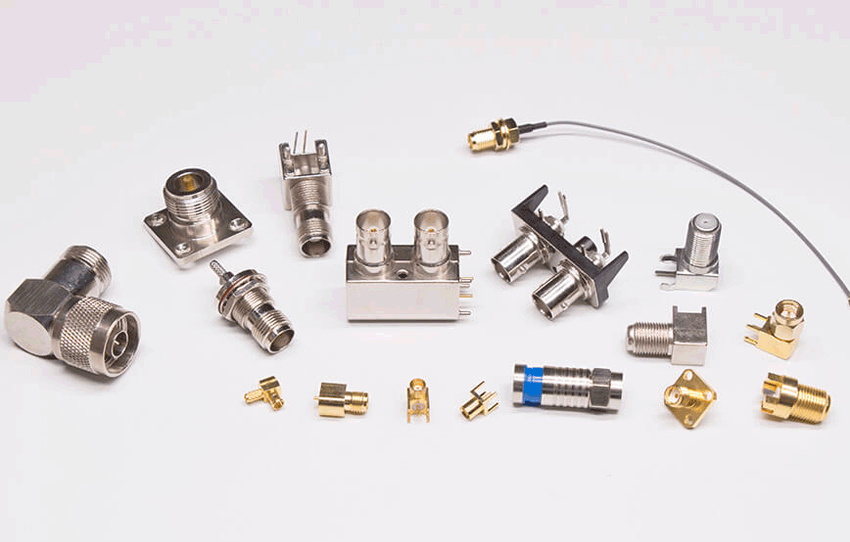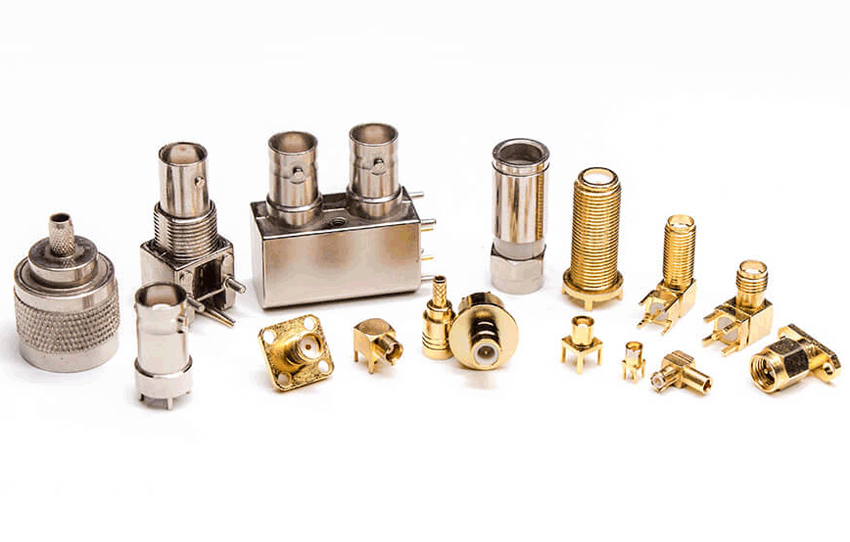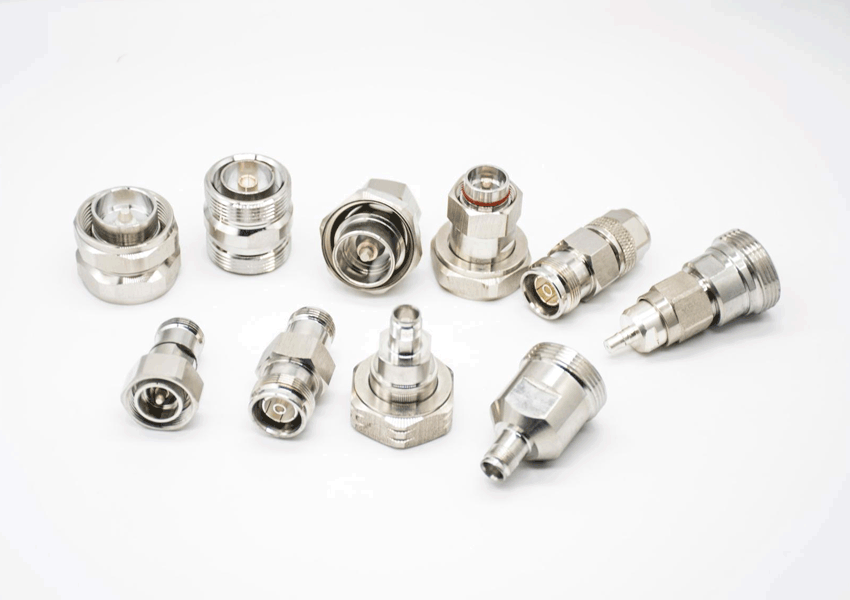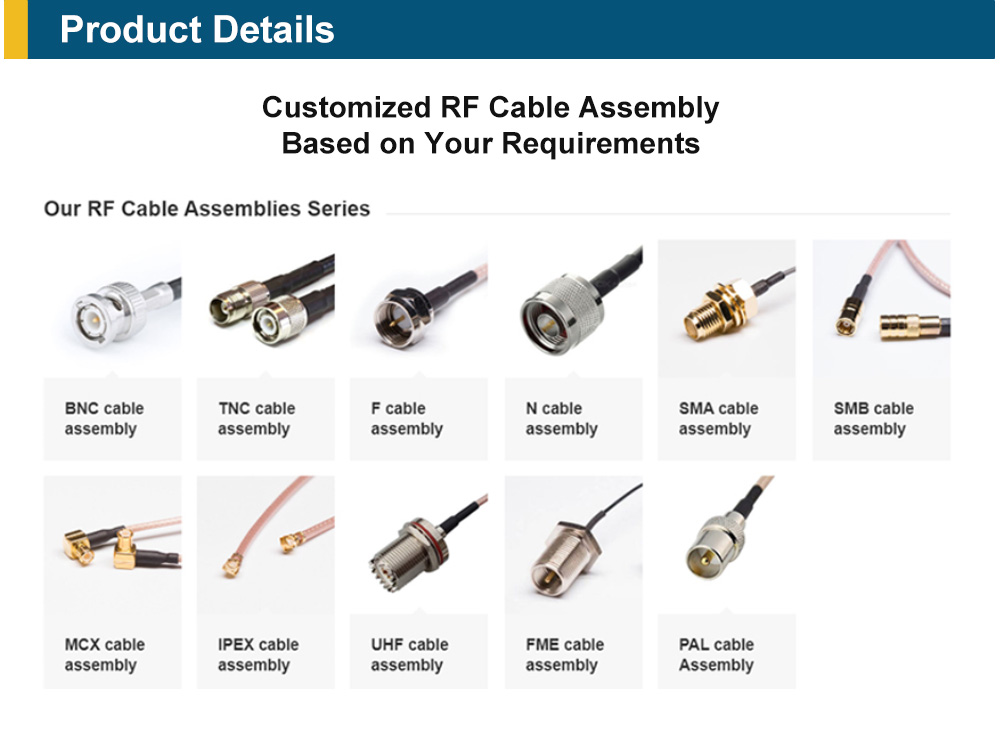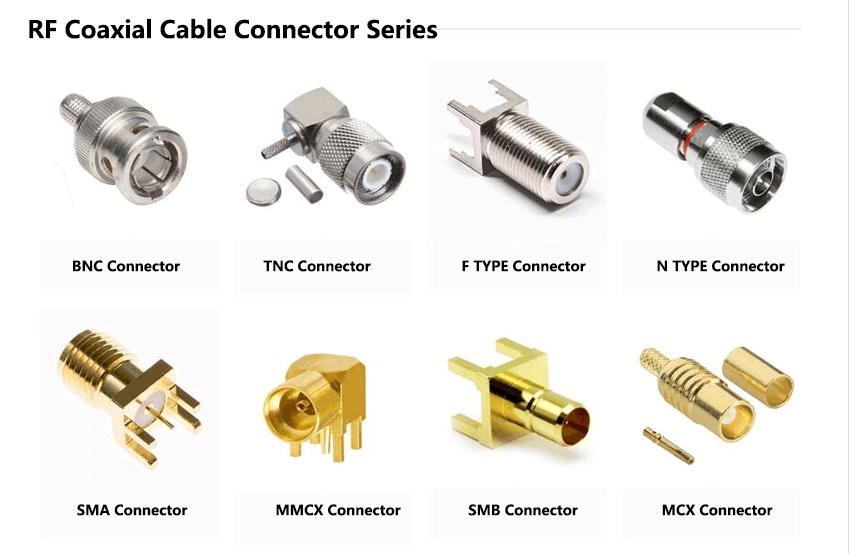The SMA connector is designed to have a constant impedance of 50 ohms on the connector. SMA connectors were originally designed and designated for work up to 18GHz, although some versions have a top frequency of 12.4GHz and some versions are designated as 24 or 26.5GHz. A higher upper frequency limit may require operation with […]
Category Archives: Product News
For antenna applications, ultra-small A (SMA) Connector solutions that provide bridging between RF and microwave are available for standard and reverse polarity. They are usually designed for the frequency range from DC to 18GHz, have a characteristic impedance of 50Ω, and have a threaded coupling mechanism to achieve a safe connection even in a high-vibration […]
The SMA (Sub-Miniature-A) RF coaxial connector, credited to James Cheal of Bendix Company in the United States in 1958, was born to address the TEM mode conversion challenges between coaxial and microstrip structures due to its compact size and design. This innovation brought simplicity, a wide operating frequency range, and high reliability, leading to its […]
SMA connector is a widely used coaxial connector with small threaded connection. It has the characteristics of wide frequency bandwidth, excellent performance, high reliability and long life. SMA connectors are suitable for connecting radio frequency cables or microstrip lines in the radio frequency loops of microwave equipment and digital communication systems. They are often used […]
As the trend toward connector miniaturization continues, the development of ultra-miniature connectors has gained prominence. Connector suppliers have introduced ultra-miniature coaxial connectors to meet the demands of various applications. MCX One such connector is the MCX (MicroCoaX), which originated in Europe during the 1980s. Its structure closely resembles the SMB connector, with the inner conductor […]
SMA (Sub-Miniature-A) RF coaxial connector was invented by James Cheal of Bendix Company in the United States in 1958. It was used to solve the problem of TEM mode conversion between coaxial and microstrip because of its small size and structure. It has the advantages of simplicity, wide operating frequency, and high reliability, so it […]
The coaxial line represents the most effective way to transmit the signal from the source to the terminal, which is embodied in the coaxial cable assembly. The distance between the source and the terminal is the length of the cable. The most important factor in choosing a radio frequency coaxial connector is the choice. Cables, […]
Classification and application of radio frequency coaxial connectors: RF coaxial connectors are divided into 4 categories according to their dimensions: standard, miniature, sub-miniature and micro-miniature. This category reflects coaxial connectors The history of development. The early coaxial cables were much larger than the commonly used coaxial cables. Therefore, the early RF coaxial connectors were very […]
一、 The radio frequency coaxial connector is divided into: according to the connection interface structure Bayonet type (internal bayonet, external bayonet): BNC; Thread type (right-hand thread, left-hand thread): L29 (7/16), N, F, TNC, SMA, SMC, SSMA, SSMB, FME, L9 (1.6/5.6), 7mm, 3.5mm, 2.4mm , K (2.92mm), 1.85mm, 1mm; Push-in (in-line, self-locking): SMB, SSMB, MCX, MMCX, SMP, […]
RF coaxial connectors must not only realize the mechanical connection between the transmission lines, but also complete the task of transmitting as much high-frequency electromagnetic energy as possible. The materials and mechanical dimensions used in the connector design have an impact on the high-frequency transmission performance. Almost all have a certain influence, especially the internal […]

